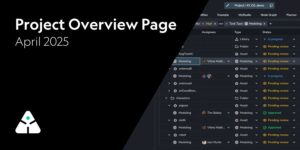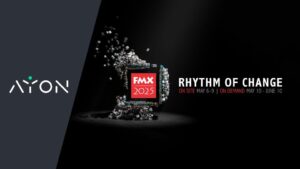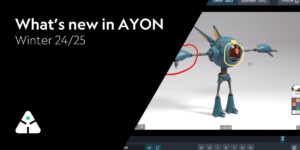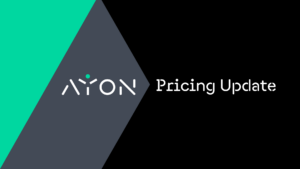Meet the team: Milan Kolar
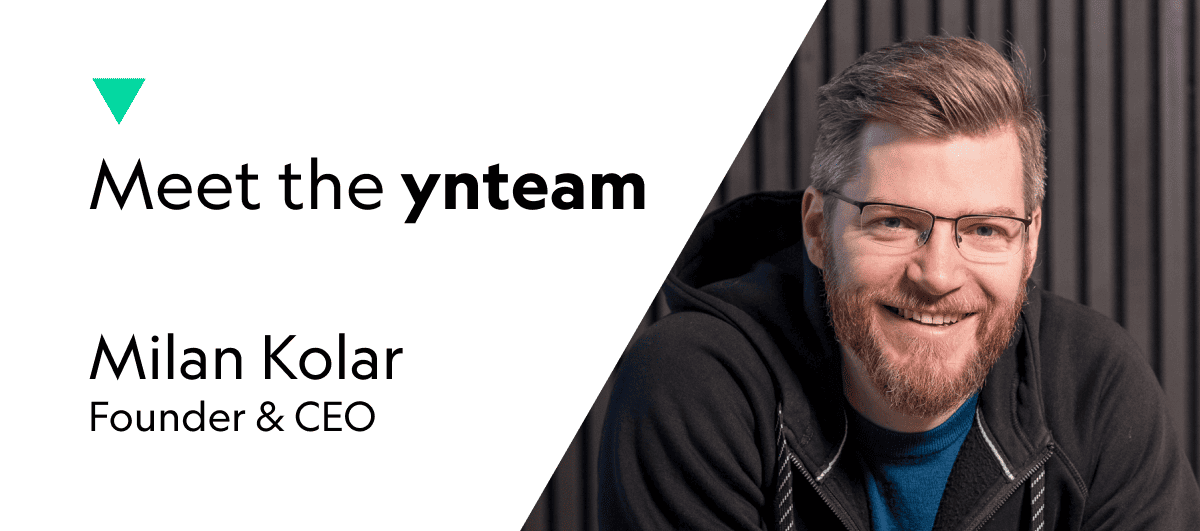
Tell us about your career, how did it all start?
I’ve had a passion for CG since my secondary school days in Slovakia. Despite limited opportunities locally, I went on to earn a first-class Honours degree in CG Animation from the University of South Wales in Cardiff and MA with Distinction in Digital Effects from Bournemouth University.
My career took an exciting turn when I moved to Prague to co-found a new studio, Kredenc. I started as the lead TD and quickly progressed to supervision before becoming a Managing Partner. Throughout my time in production, I had the opportunity to engage in many areas of VFX and CG production. My roles have ranged from Character Animator to CG Generalist, from Lighting and FX TD to Pipeline TD, and eventually CG/VFX Supervisor, which included on-set work. In parallel, I’ve nurtured a longstanding passion for helping studios enhance their production pipelines as a consultant since my days at University. My dissertation was actually about production pipeline design for animation, believe it or not 🙂.
In 2018, we initiated the development of a new generation pipeline for Kredenc to handle large-scale projects. I spearheaded a dedicated TD team, aiming to base our work on open-source technology and contribute back to the community by open-sourcing our developments. This effort coincided with the inception of a pipeline consultancy within the studio. A few years into this project, it became clear that our innovations had the potential to significantly influence the industry, which led to the creation of Ynput (formerly known as pype.club).

Now, as the leader of Ynput, I drive the company’s vision forward, focusing on team management and growth, and ensuring that our product, AYON, delivers the greatest value to creative studios worldwide.
What has been your biggest career successes before starting Ynput?
Moving to Prague was a pivotal moment in my career, especially after Vratislav Slajer from Bionaut brought me on board to set up a new animation studio from the ground up, entrusting me with all the technological responsibilities. Right from the start, I was determined to steer clear of short-term fixes and maintain a long-term perspective. We made it a point to ensure that every step we took was well-structured and scalable, even when our primary focus was on producing small TV commercials.

Our ‘pipeline-first’ strategy really paid off when we transitioned from creating 15-shot commercials to complex 2D/3D TV series with more than 2000 shots and hundreds of assets, all without the need to overhaul our existing pipeline tools. By keeping our tools cutting-edge and treating the pipeline as an ongoing operational expense — rather than a one-off purchase — we were able to swiftly discard outdated tech and keep pushing our studio’s core capabilities forward, regardless of the project at hand. This mindset became as integral to our identity as our artists, our hardware, and our methods.
When the opportunity to tackle larger projects came our way, we were prepared. We expanded our team just enough and managed to deliver the ‘Hungry Bear Tales’ TV series on schedule, even with a modest-sized team. The real testament to our approach came when we needed to integrate the crew from Tree House Republic in Dublin for a collaborative production of season two. Despite the onset of COVID lockdowns in the first week of production, our setup allowed for seamless data sharing, not just between the two studios across different countries, but also among individual artists working remotely from their homes.
What has been your biggest success at Ynput?
I’m continuously impressed by the Ynput team’s ability to consider the impact we have on the industry as a whole and the responsibility that entails. The fact that we’ve managed to build a community of over 1500 individuals, including developers, studios, and artists, in just a few years, is something I’m incredibly proud of. Those moments when people approach us at conferences to say they’ve just completed their first project using AYON (or OpenPype), and it’s the first in years to finish ahead of schedule, are simply priceless.
Why did you create Ynput?
The driving force behind creating Ynput was a clear demand for pipeline consultancy. While I was running an animation studio, numerous studios reached out, needing help with their pipelines, but I simply didn’t have the bandwidth to assist them. It was evident there was a real need for this type of service. At that time, I was also working with ftrack and consulting their clients. I encountered many smaller studios without any pipeline infrastructure, and the requests for help just kept flooding in. It reached a point where I couldn’t keep up by myself.
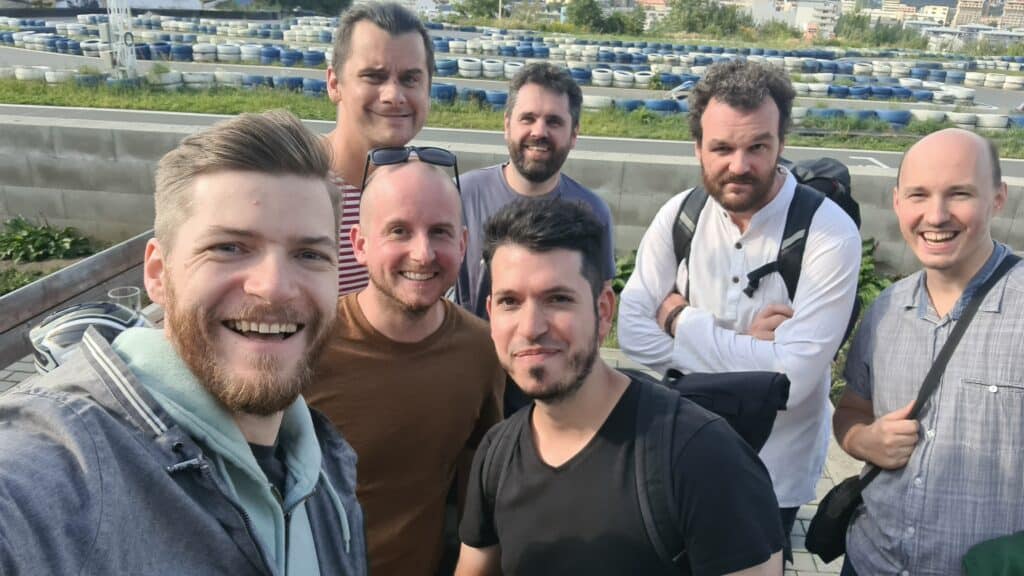
So, we gathered a team and decided to see if we could turn this consulting work into its own viable company, testing the waters to see if there was potential to generate revenue independently from consultancy services. However, we quickly realized that consultancy alone wasn’t going to cut it—there was a strong desire for the pipeline product itself. This led us to establish a proper structure and foundation for the company. The market offerings at the time were either outdated, not robust enough, or required so much customization that it was actually easier to start from scratch and build a new solution from the ground up.
Initially, our aim was simply to form a team to assist a few studios; we didn’t anticipate evolving into the 20-person-and-growing company Ynput is today. That wasn’t the original intention. Moreover, I needed to clearly distinguish this new venture from the animation studio to prevent any confusion. It was important to communicate that we weren’t developing a pipeline for just one studio—we were building a pipeline solution for as many studios as we could persuade to give it a shot.
What do you enjoy the most about working at Ynput?
One element I’m thankful for at Ynput is our hybrid structure. We’ve got the flexibility to work in the office but can also bring on board people who are fully remote—so we’re not really restricted by location when it comes to our team.
What I really enjoy about the company, though, is that we’ve positioned ourselves in this unique space that’s somewhere between a software services vendor and a pure product company. This setup removes us a bit from the daily grind of production and animation work. It allows us to spend more time focusing on the technology, the pipeline, and all the individual tools.
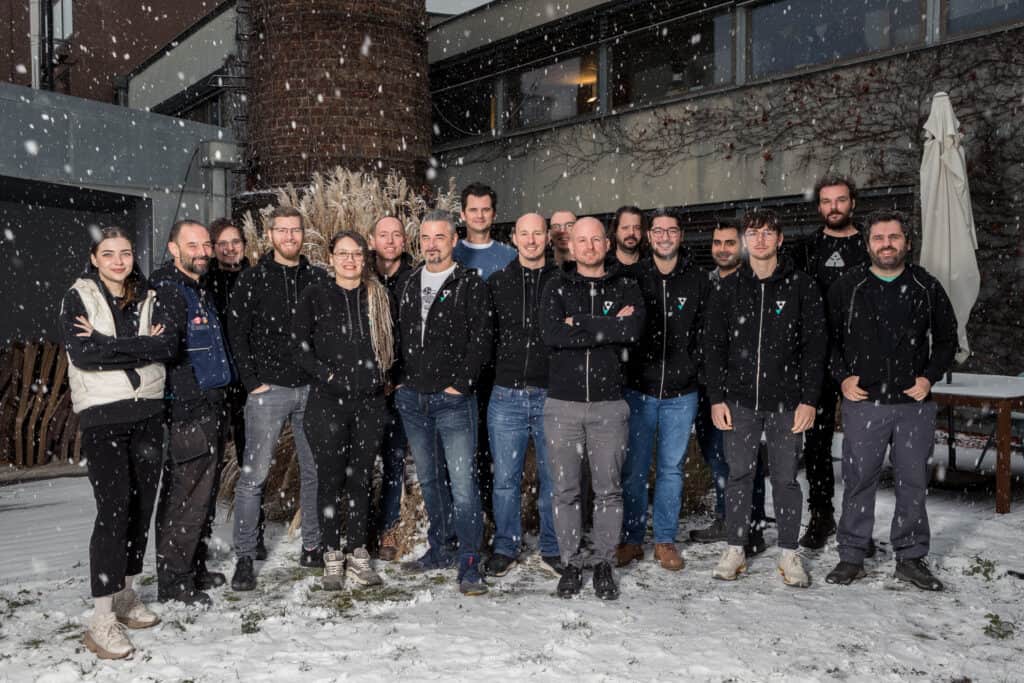
Despite being a software company, we maintain a hands-on approach by serving our clients directly. This means we’re still involved in the animation, film, and commercial projects our clients are creating on a day-to-day basis. Most of our team has a background in production—as artists, animators, or compositors—and I don’t think any of us were ready to completely leave the industry for just software development. That would be too dull for us.
So we struck a balance. We’ve found this sweet spot where we can still hold ourselves accountable to production standards and feel like we’re a part of the movies and animation projects that we love. That’s really the best part of it all.
What’s a typical day like for you at Ynput?
A typical day is a bit of a myth – every day brings its own variety. Running a company with twenty people means wearing many hats. I start my day early from home to skip the traffic, diving into admin tasks, communications, and any intensive, focused work that requires zero interruptions.
By ten o’clock, I head to the office – hopefully, traffic’s eased up by then. The office hours are a whirlwind of meetings with team members, code reviews, updates with the client success team, and sales calls. I’m currently the “one-man sales department”, so my calendar’s full of discussions with partners, prospects, and ongoing clients.

I’m also the one who handles the big issues – anything product, client, or service-related that no one else can solve lands on my desk.
So, it’s a mix really. Admin, business strategy, and a significant chunk of time dedicated to hiring and team building. I make it a point to reserve at least one day a week solely for strategy on the future of the company, not just the present tasks. Finding the right people to join our growing team is one of the most crucial parts of my job right now.
What’s the most exciting project you’re currently working on?
The rollout of AYON 1.0, without a doubt. This beast of a project has been my world for the last two years, and we’re finally nearing the finish line. The launch is on the horizon, which is pretty much what I’ve been pouring most of my time into.
Thankfully, my team has got the AYON client support under control, so my focus is razor-sharp on making AYON as user-friendly and straightforward to set up as it can be. Right now, we’re homing in on fine-tuning the user experience and adding those finishing touches. It’s been a colossal effort of rewriting our backend from scratch, completely overhauling our previous work into something fresh and innovative that we’re hoping to unveil in a month or two.
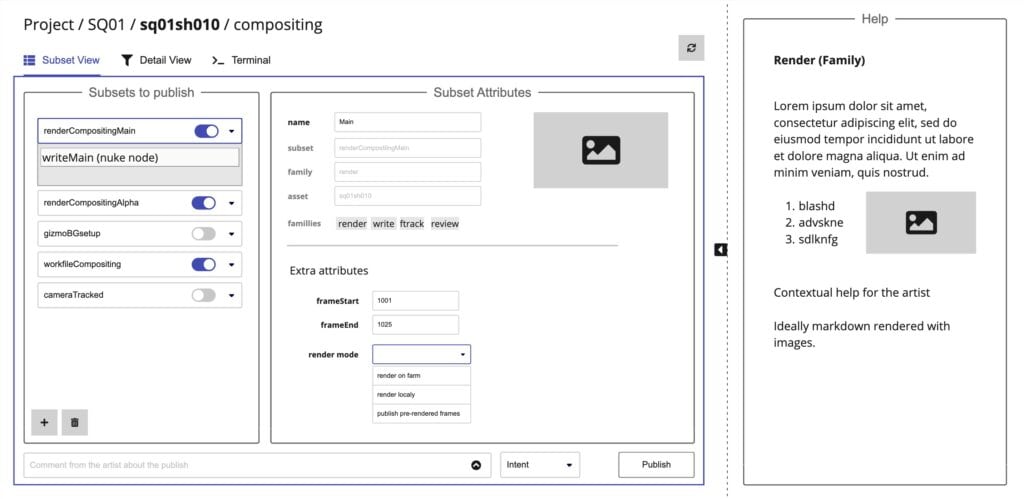
We’ve rewritten code like this three times before. But each time, we’ve had the courage to overhaul what we felt was outdated, rather than just making incremental improvements. About every year and a half, when we’ve hit a point where things just weren’t up to the grade, we’ve managed to revamp the core for a more modern iteration without losing compatibility with the old. It’s a game-changer – launching a brand-new product that’s free from the shackles of technical debt. And honestly, that’s pretty awesome.
So can we say AYON is like a complete refresh?
Absolutely. We basically threw out everything on the backend side of things and started over. What’s cool is that for our users, it’ll feel comfortably familiar where it counts, but under the surface, it’s a whole different beast – way faster and built on a thoroughly modern architecture. The behind-the-scenes admin stuff has gotten a lot more complex, but that’s our burden to bear, not the users’.
What advice would you give to someone wanting to start a new company?
Don’t do it. Run, turn around and run! :D No, I think there is better advice… For someone thinking about founding and leading a tech company, here’s my nugget of advice: Start delegating early on, like, really early — think second year into your venture, tops. Any later, and you’ve waited too long. The things I’m scrambling to hand off to my team now should’ve been passed down ages ago. Seriously, switch your mindset from “How do I do this?” to “Who can do this?” as fast as you can. That shift in thinking is what’s really going to let you ramp up and grow the business. Until you make that shift, scaling up is just a pipe dream.
What do you enjoy doing outside of work?
Outside of work, life’s pretty different these days, especially since my daughter came into the picture. I’m not sure what “me time” looks like anymore! I used to be all about sports — biking, climbing, you name it. But with a two-year-old now, those days were on pause (we’re all slowly getting back to it though). Most of my off-duty hours? They’re all about family time now.

And then there’s my pet project — turning my home into the smartest one on the block. I’m all-in on home automation. Everything that runs on electricity is wired up to Home Assistant or some other smart system. From voice commands to remote controls, I’m on a mission to make our place as user-friendly as possible. Working hard to convince my wife that all the techy stuff is actually for the better and not just to drive her up the wall. She pretends to be annoyed by all the gadgets, but the minute something goes offline, she’s the first to notice — which tells me she’s probably a fan. She’d even nudge me to fix things; that’s when you know it’s serious business.
When I do get a slice of time, I still crave the outdoors. I’ve got a thing for the mountains. Hiking, walking, skiing, snowboarding just being out there — that’s my kind of escape.

